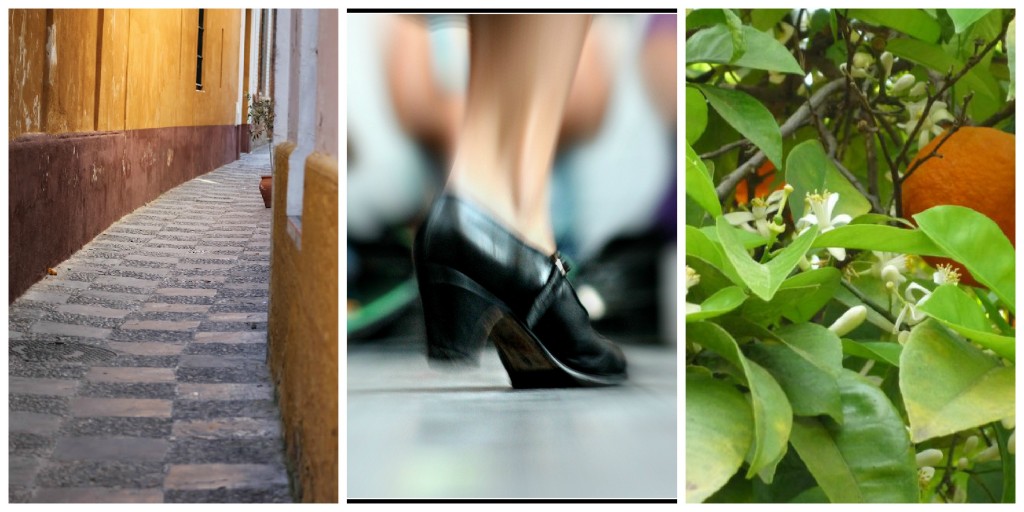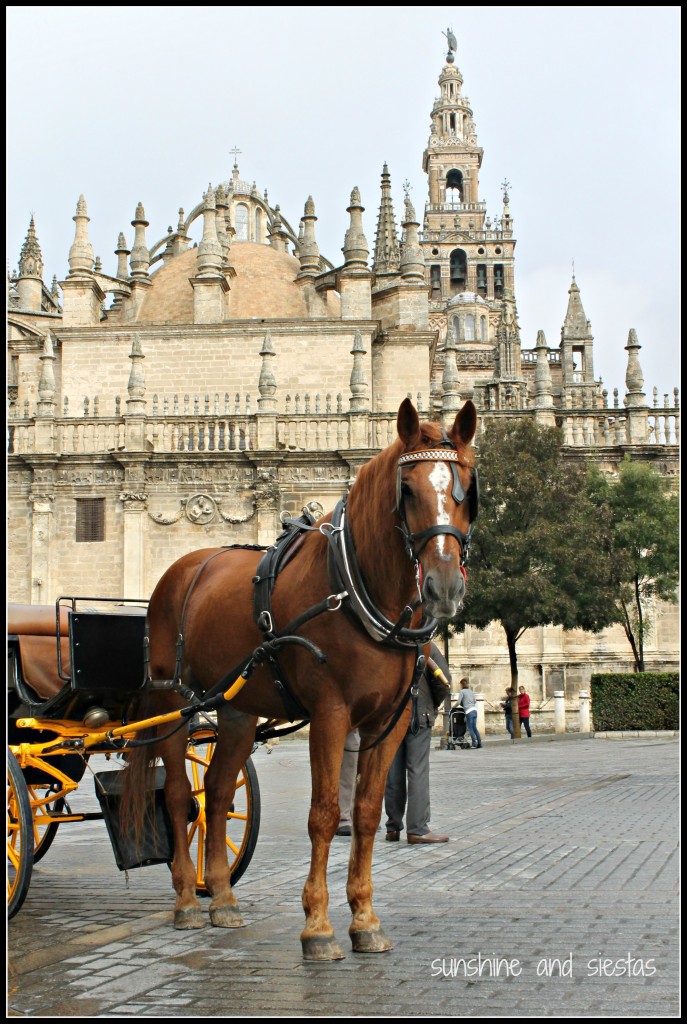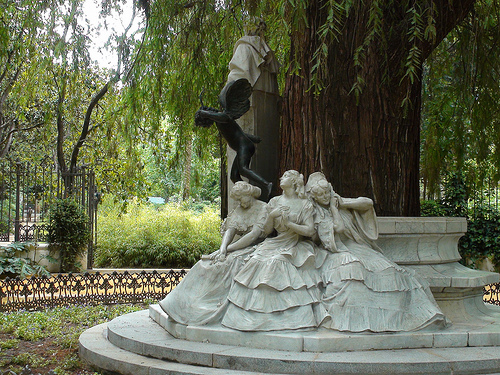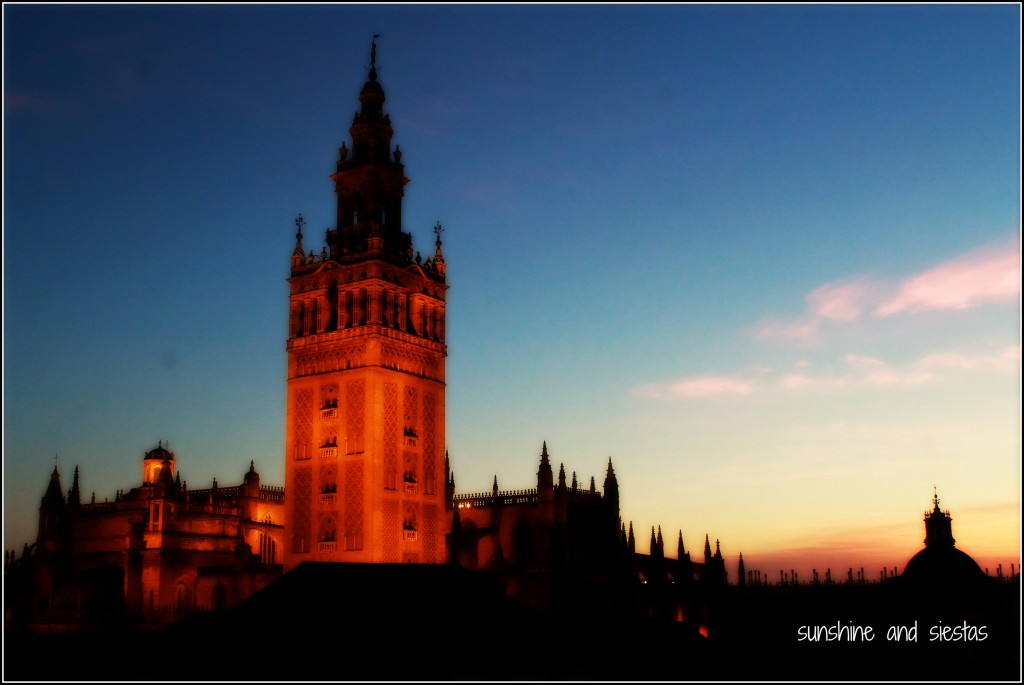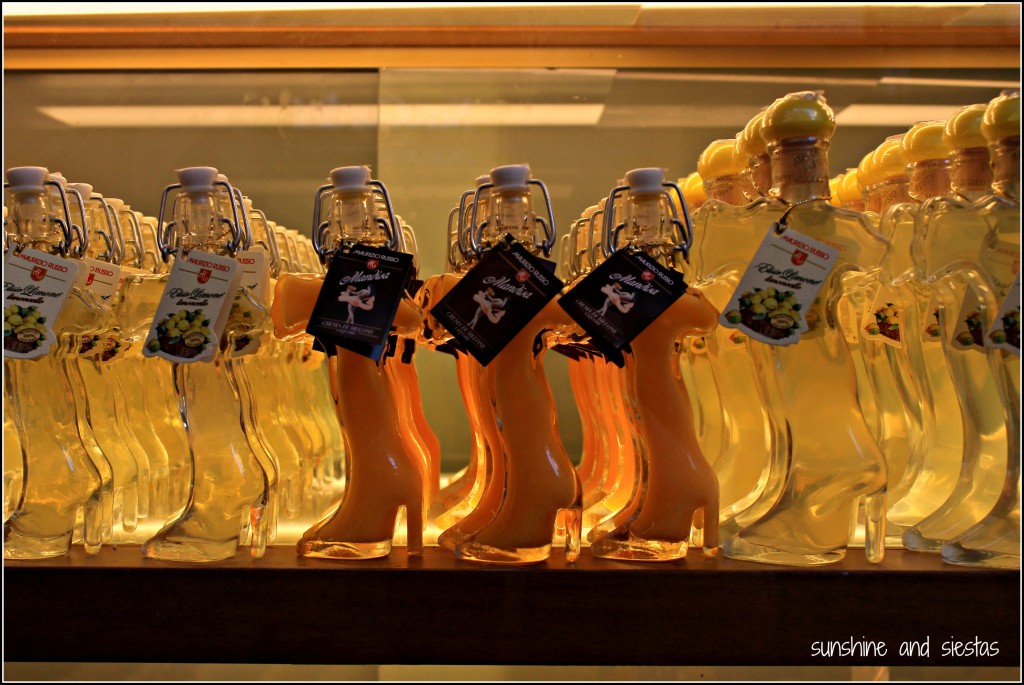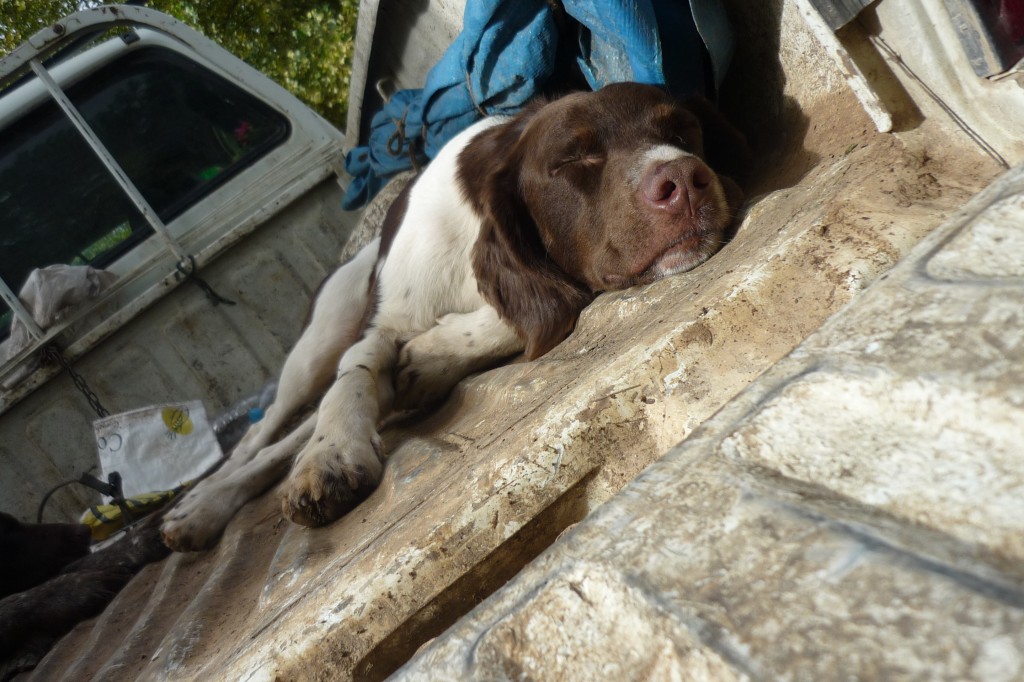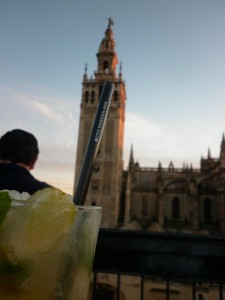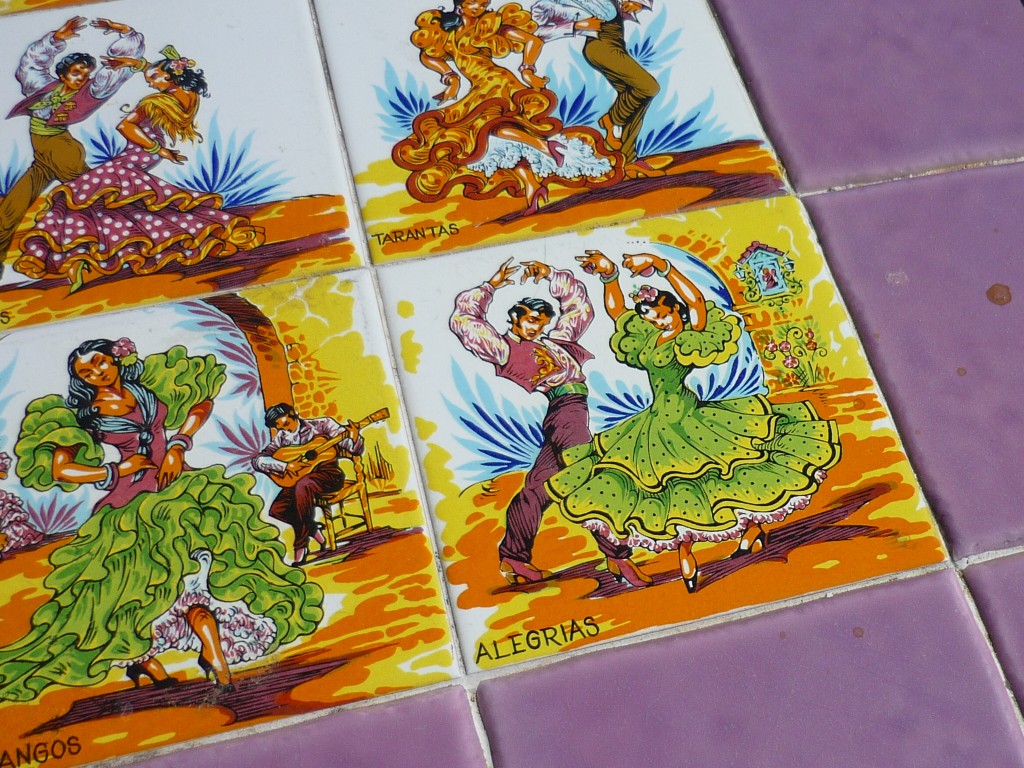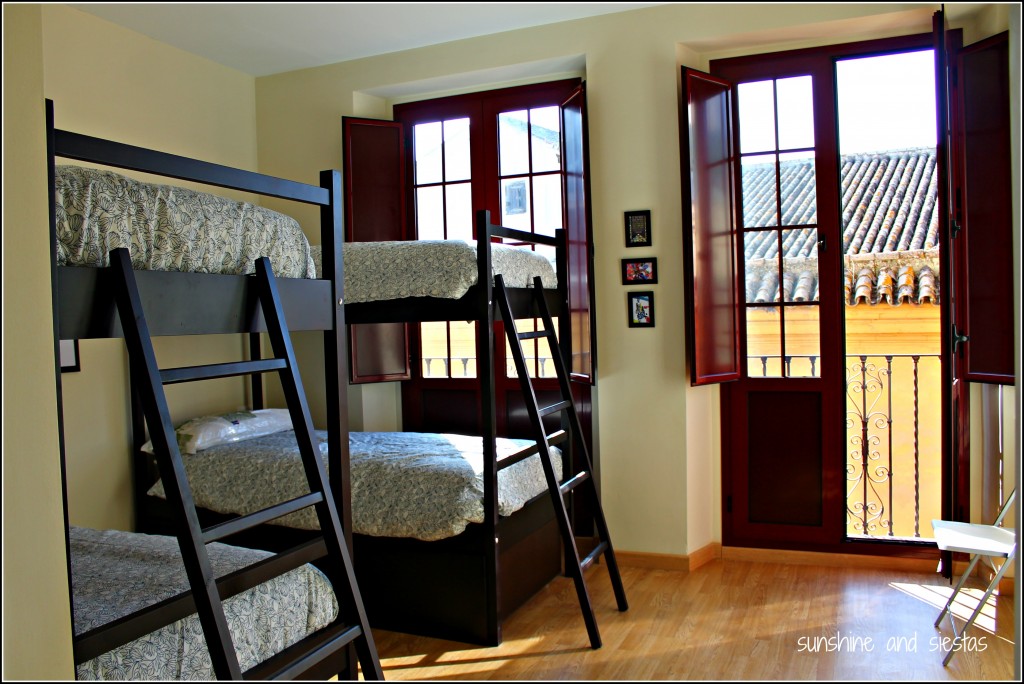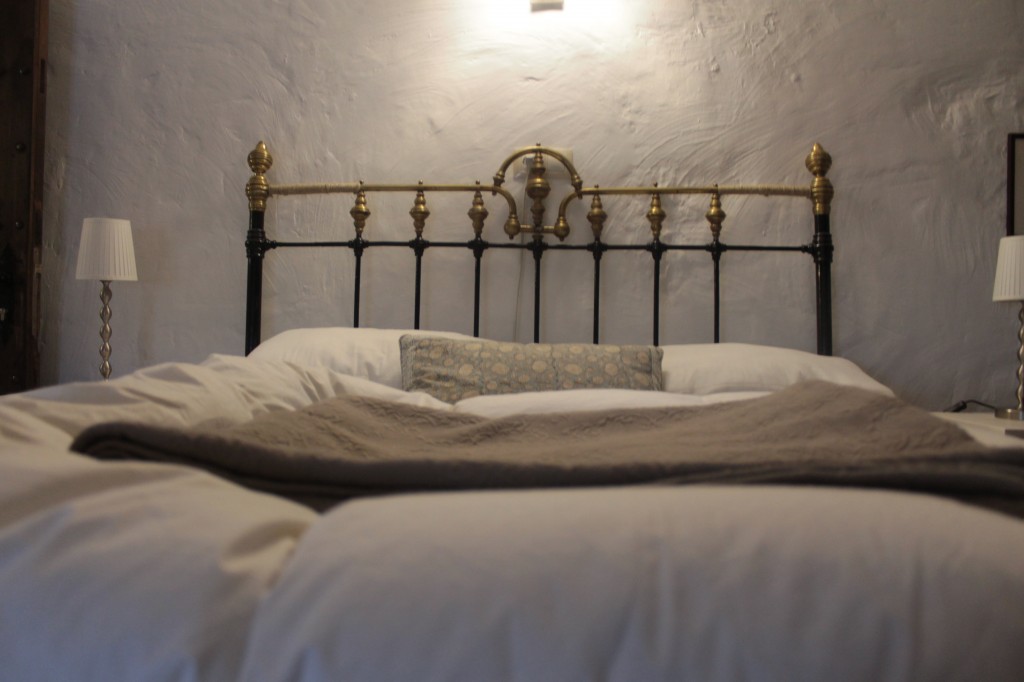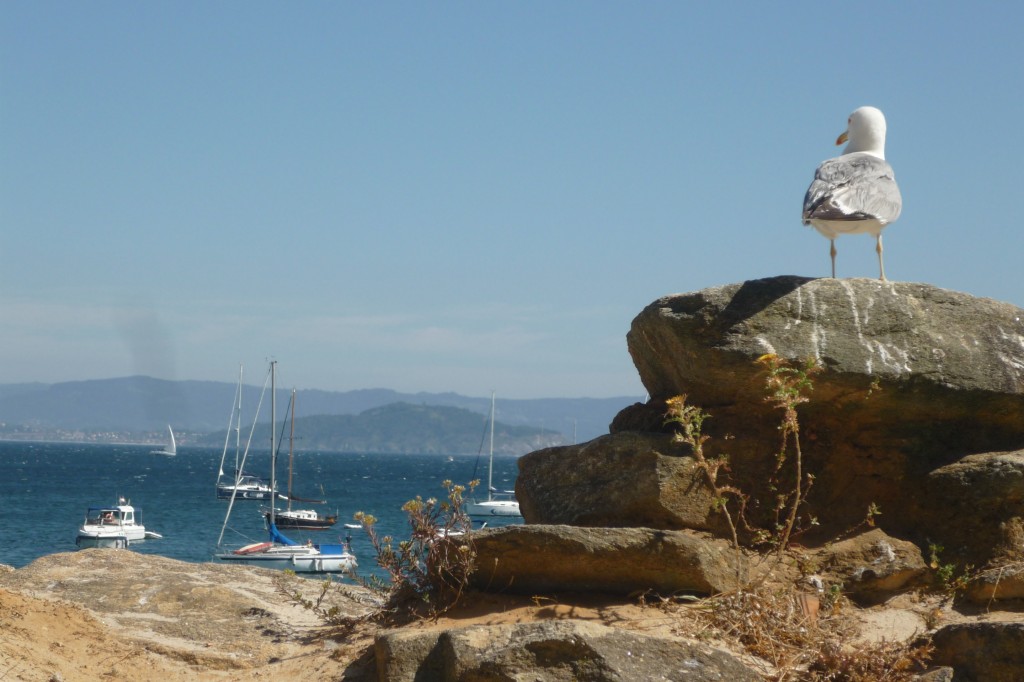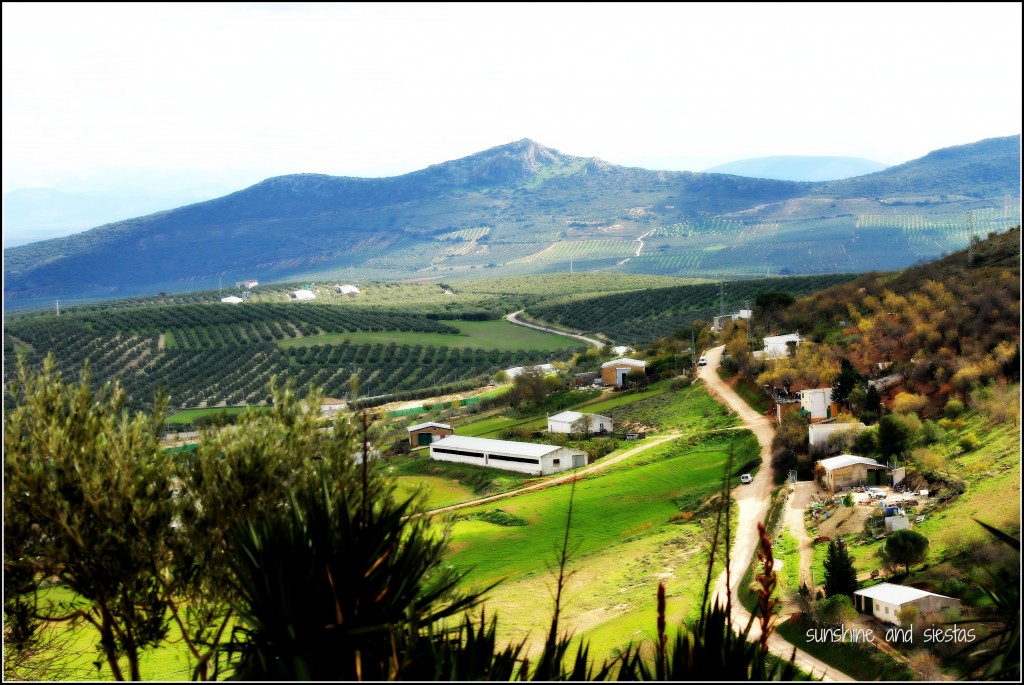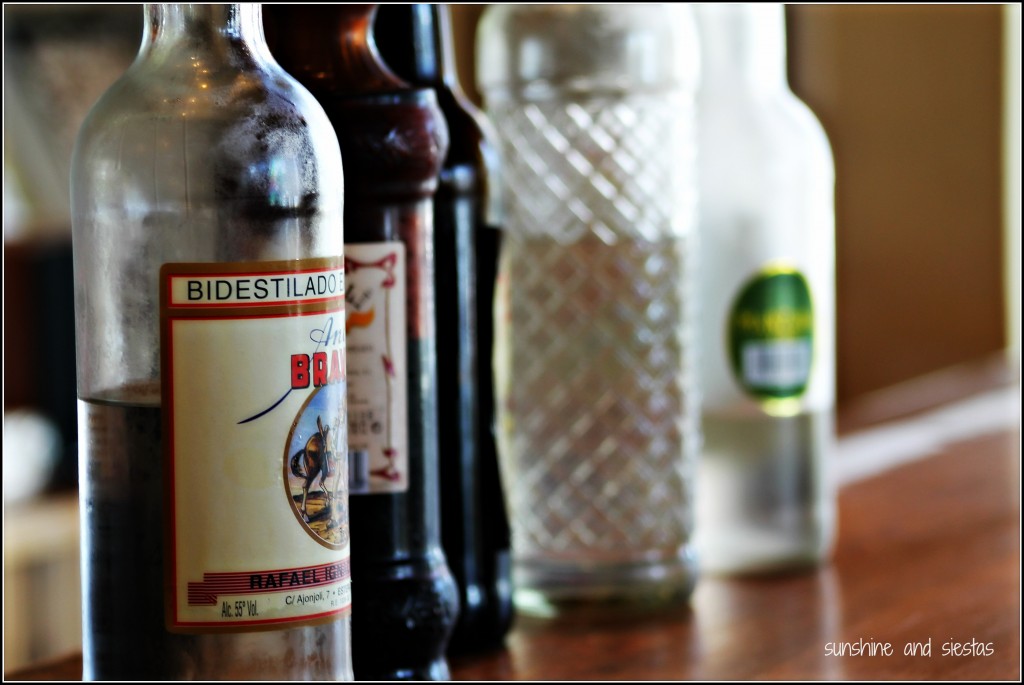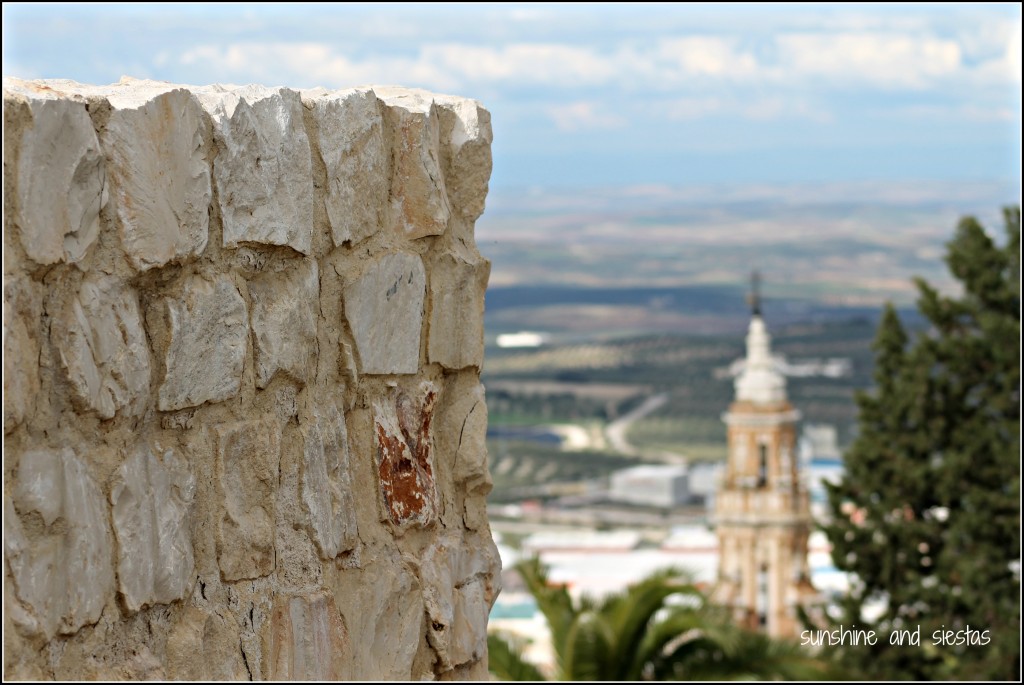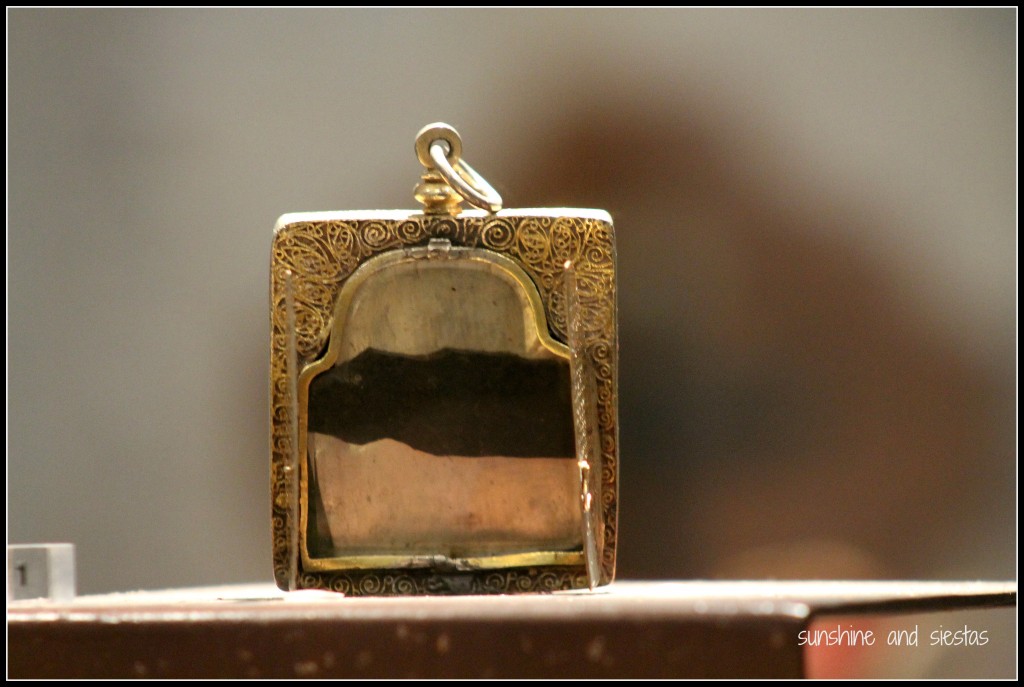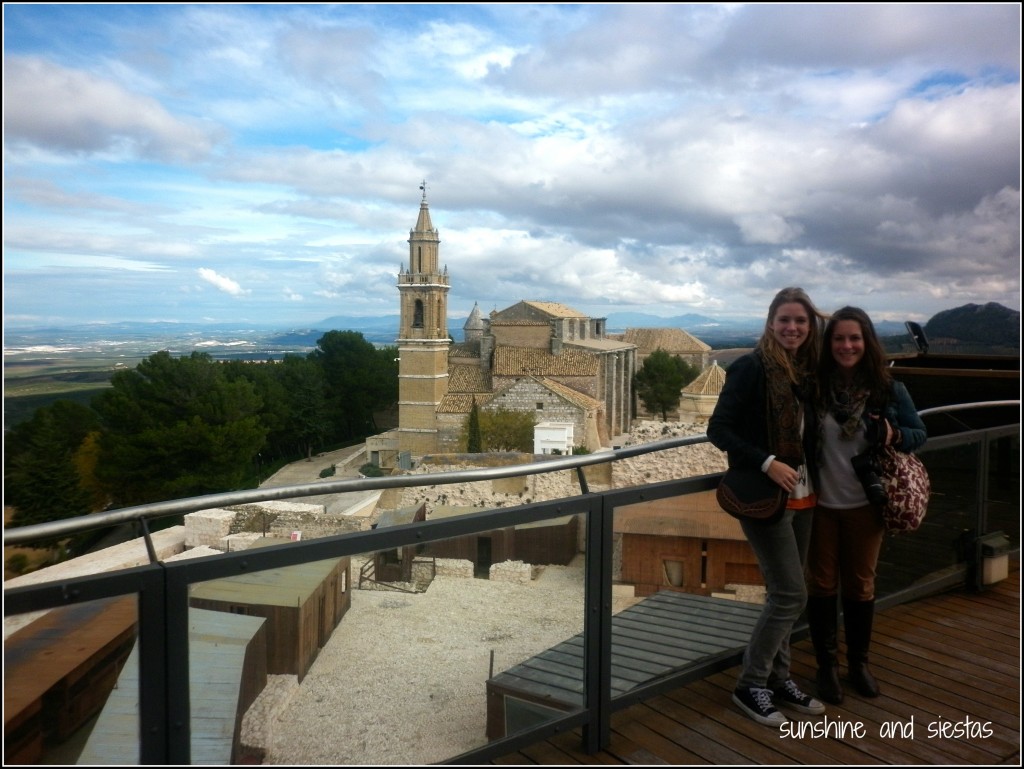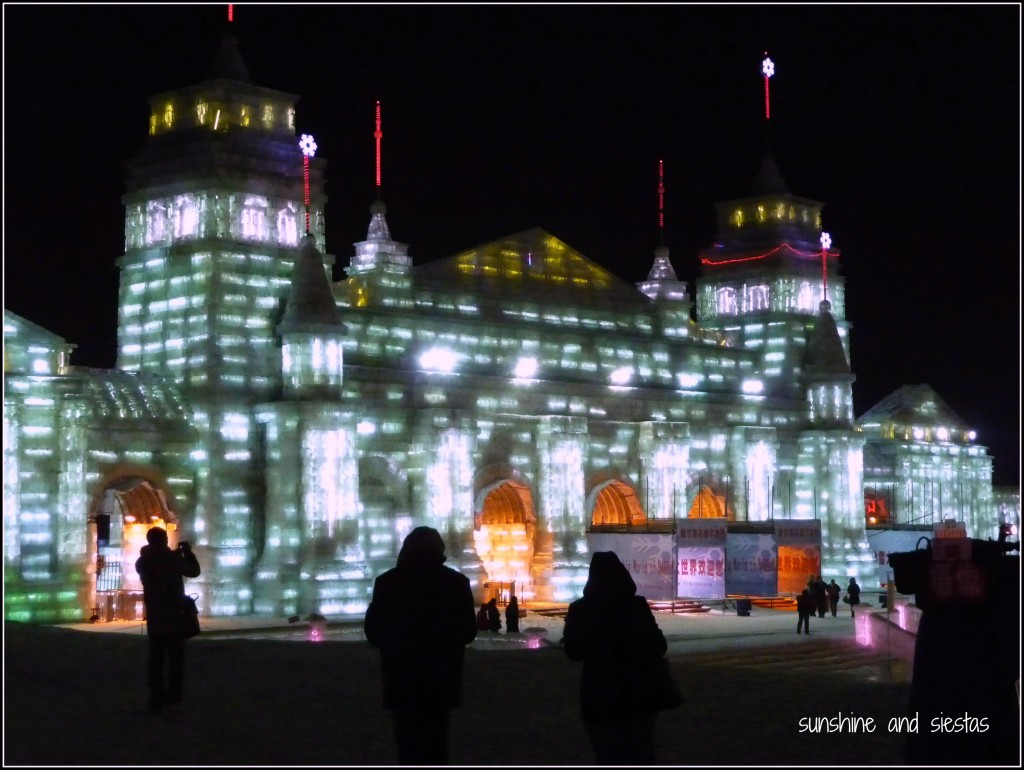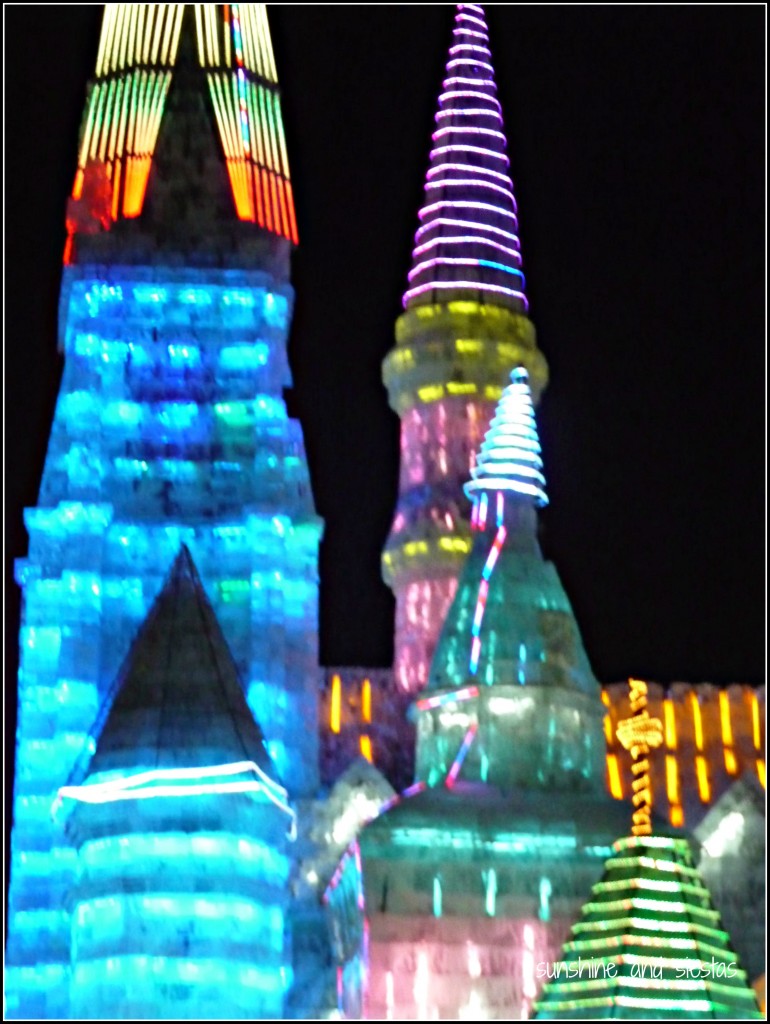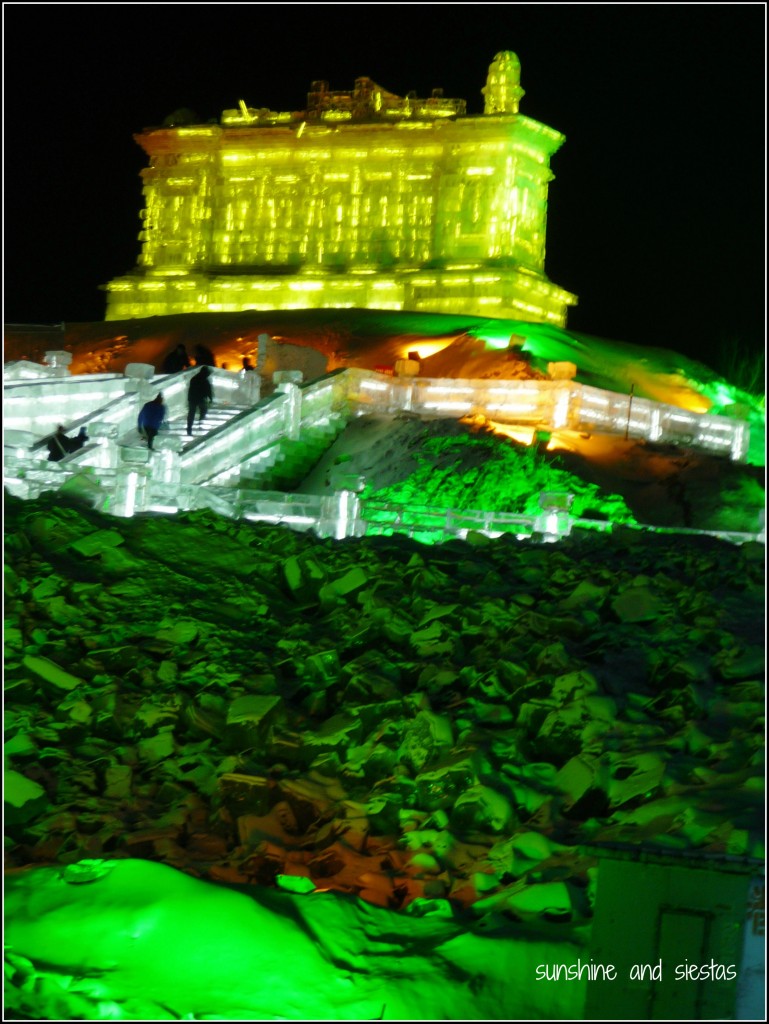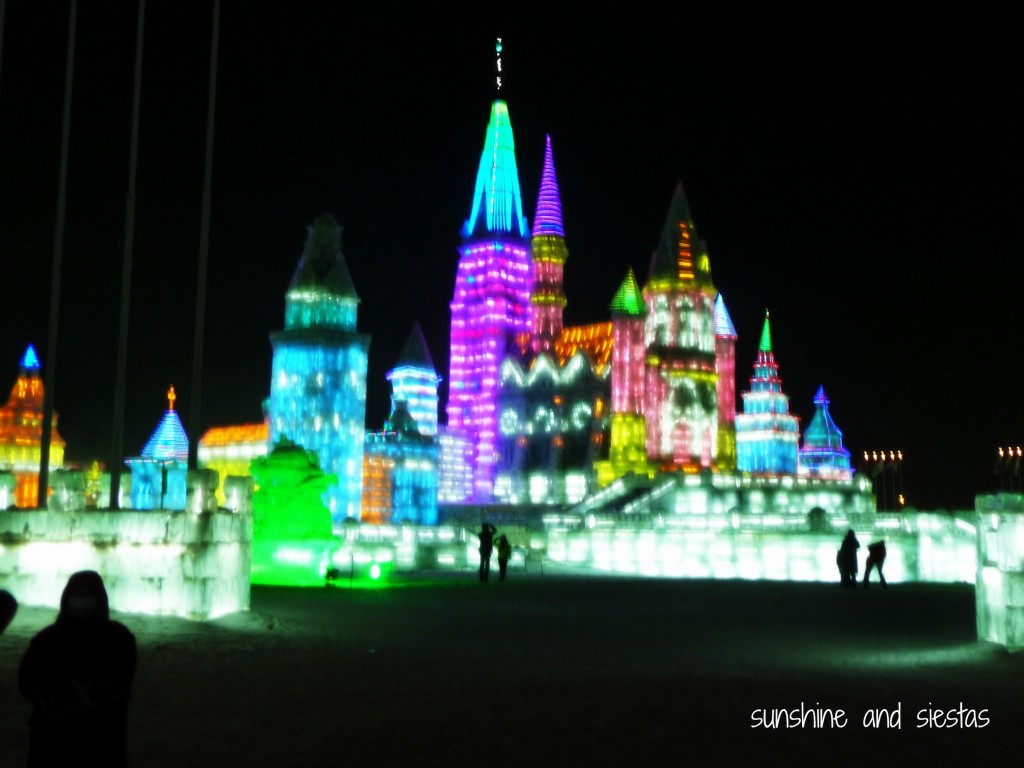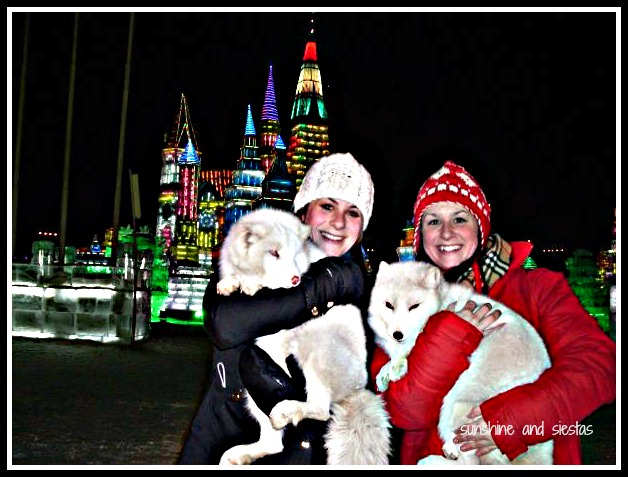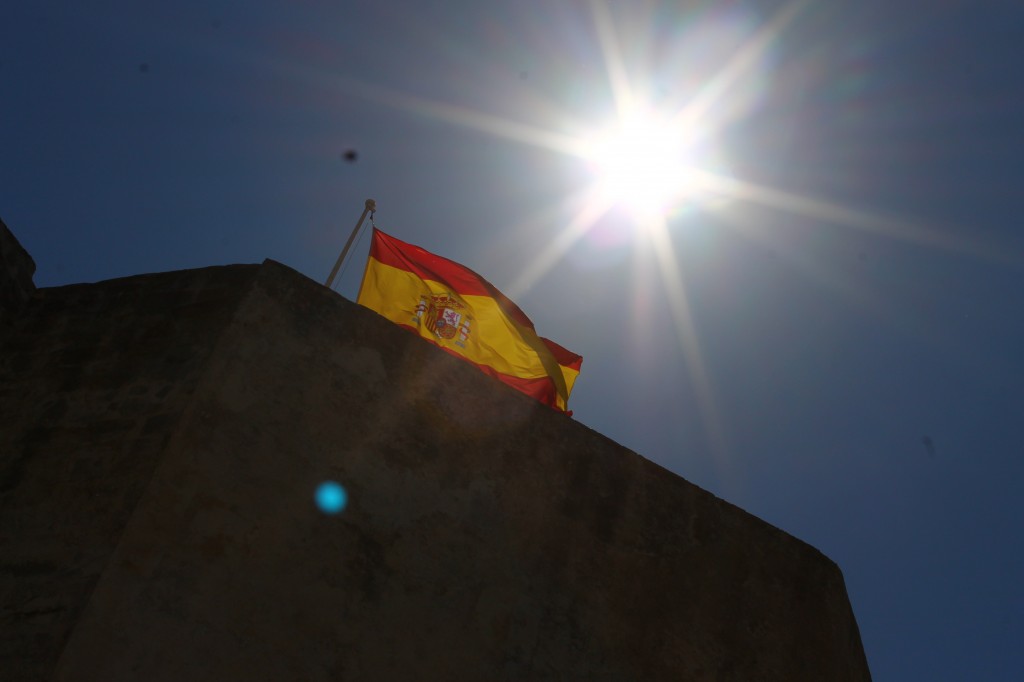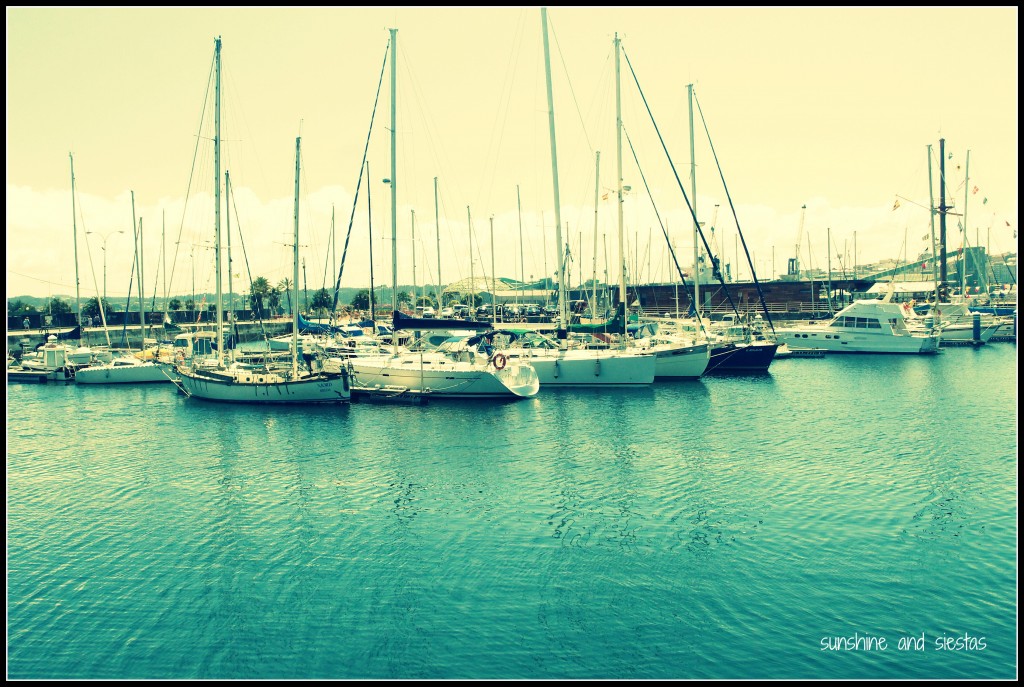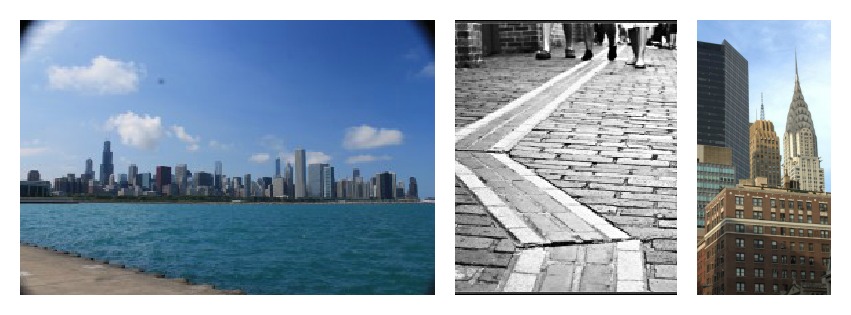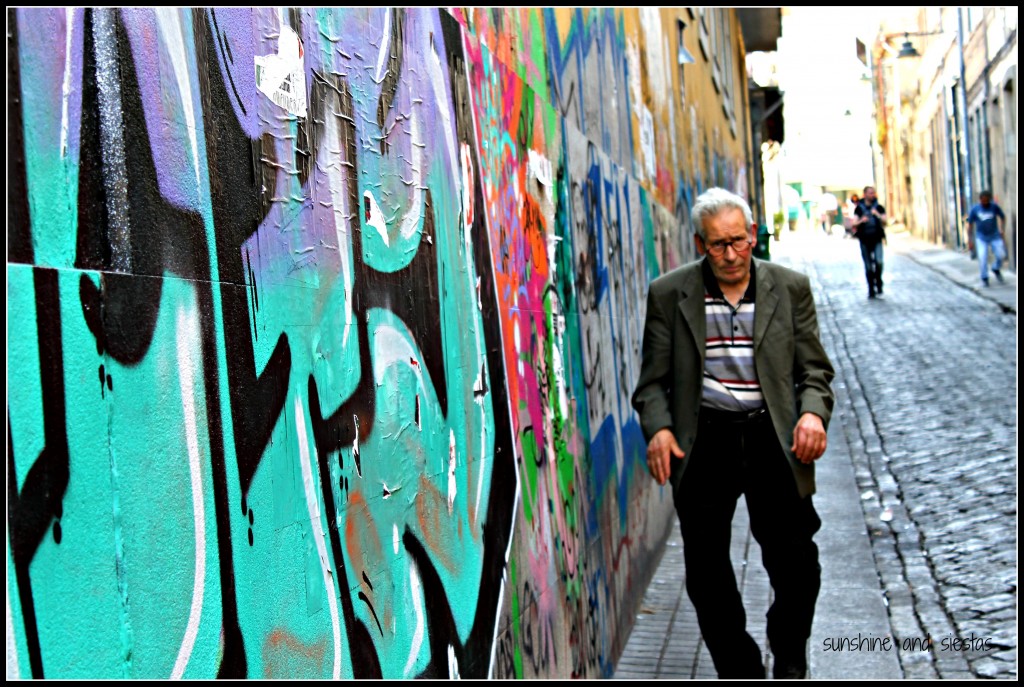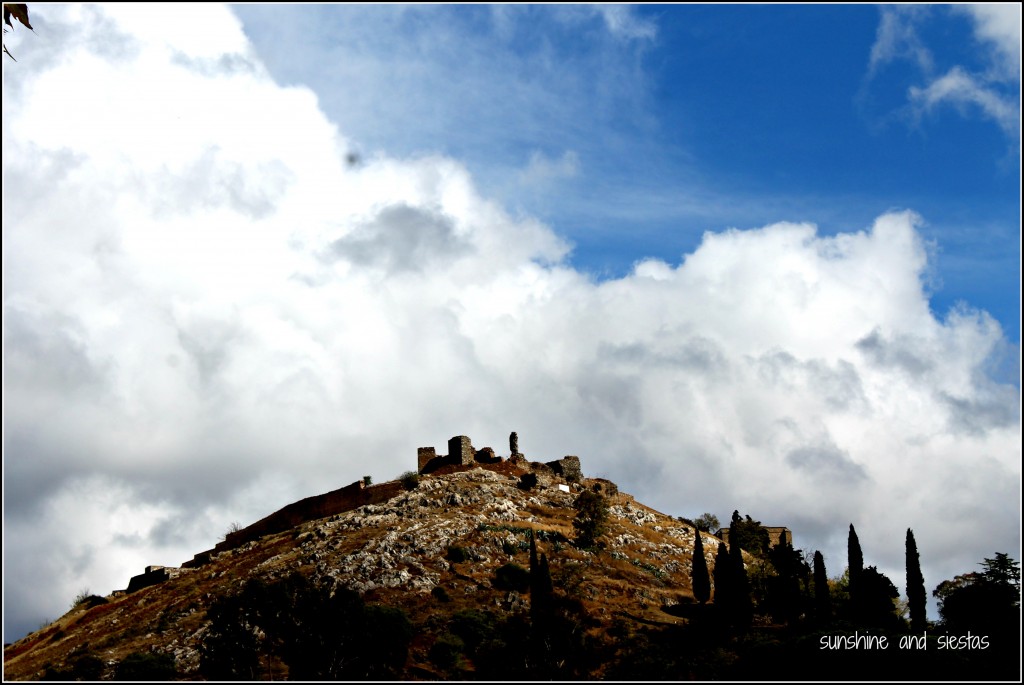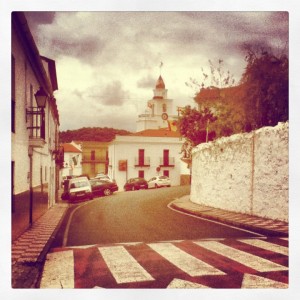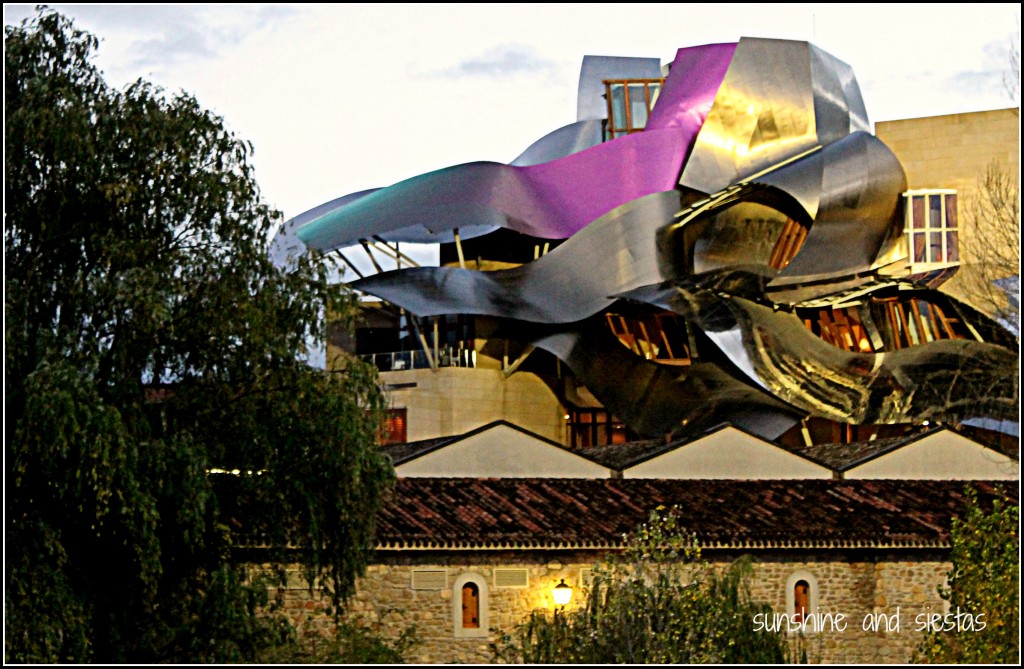If my children ever ask me how their father and I met, I won’t have much to tell (drunken exchange in a bar).
The real romance is how we fell in love and where we did it.
Take a dashing Spanish hombre with a job as a fighter pilot and impeccable English, and set the story against Spain’s most romantic city, Seville, and it’s easy to see why I felt trapped in a fairytale with acento andalú and no talking animals. Truth be told, we fell in love over beers at a typical Spanish tavern, sharing a plate of stewed bull’s tail, but our first year of dating felt romantic given the beauty of Seville and it’s most famous lover, Don Juan Tenorio.
As a city marked by bandoleros, kings, Moors and Christians, Seville is architectural eye candy for even the most hardened heart. Quaint plazas are hidden away under the shade of orange trees, sidled up to soaring churches from the 16th century. There’s a steady hum of chatter spilling out of bars as sevillanos have their afternoon glass of fino, a dry sherry that matches well with brine-soaked olives. Sunlight glints off of fountains during the day. whereas the twilight affords a dressing up of monuments, flooded with light.
But southern Spain’s capital is all feeling and less seeing: haunting flamenco chords echo through empty cobblestone streets, the smell of orange blossoms and incense rife in early Spring, the viscous liquid gold of the olive oil that graces every plate. Seville captivates the senses and makes falling in love easy – with the city, with its people, with the perfect caña and the chico who stole your heart.
My top picks for a romantic day in Seville:
Take a dip in the Baños Arabes: The Moorish reign of Seville have left a stamp on the cozy Santa Cruz quarter, which nuzzles the Alcázar palace. After having breakfast (try La Cachererría on Calle Regina for toast kissed with olive oil and crushed tomato), relax in the low lights and pools of the Arabic Baths. Located on an alleyway so slim you can touch both sides, the restored building offers a thermal bath circuit and massages for upwards of 58€. (Calle del Aire, 15).
Horse Carriage Ride through María Luisa Park: Seville’s city center is clogged with pedestrians, tourists and an eye sore of a light rail, but the green lung is located just past the university. The park, crowned by the half-moon Plaza de España, was built to commemorate the 1929 Iberoamerican Expositin held partly on its grounds. The leafy refuge, with tiled fountains and plenty of grass for a picnic, is best seen from a carriage, which are available for rent in the park.
source: flickr
Stop by the monument dedicated to Gustavo Adolfo Béquer, a Sevillian poet of the romantic period. His most famous work, Rimas, is the inspiration for a marble statue situated at the north end of the park. It depicts Cupid throwing arrows at three women.
When your stomach rumbles, have dinner on the Guadalquivir: Known for its tapeo, or tapas hopping, Seville also boasts world-class restaurants. Among the most romantic are those that line the Guadalquivir river on the Triana side of town, particularly on Calle Betis. From here, the bullring, Masetranza theatre and Torre del Oro are the protagonists of the riverfront, with the Giralda Tower and the spires of the cathedral in the forground. Go all out at Abades Triana (Calle Betis, 69), or try Kiosco de las Flores (Calle Betis, s/n) or El Faro de Triana (at the end of the Triana bridge) for budget options with unparalleled views.
Following dinner, have a cocktail at one of the terraces in the city center. Hotel EME’s bar has a hip vibe, while ROOF’s views include the Metropol, a mushroom-like wooden structure that has taken over Plaza de la Encarnación. If that’s not your style, you can tuck into a peña flamenco and cozy up to cantaores while drinking Agua de Sevilla.
What is Spain’s most romantic city, in your opinion? How would you spend a romantic day in a city?
This is my entry to the February 2013 Carnival of Europe hosted by Aleah Taboclaon of Solitary Wanderer with the theme “Most Romantic Places in Europe”
